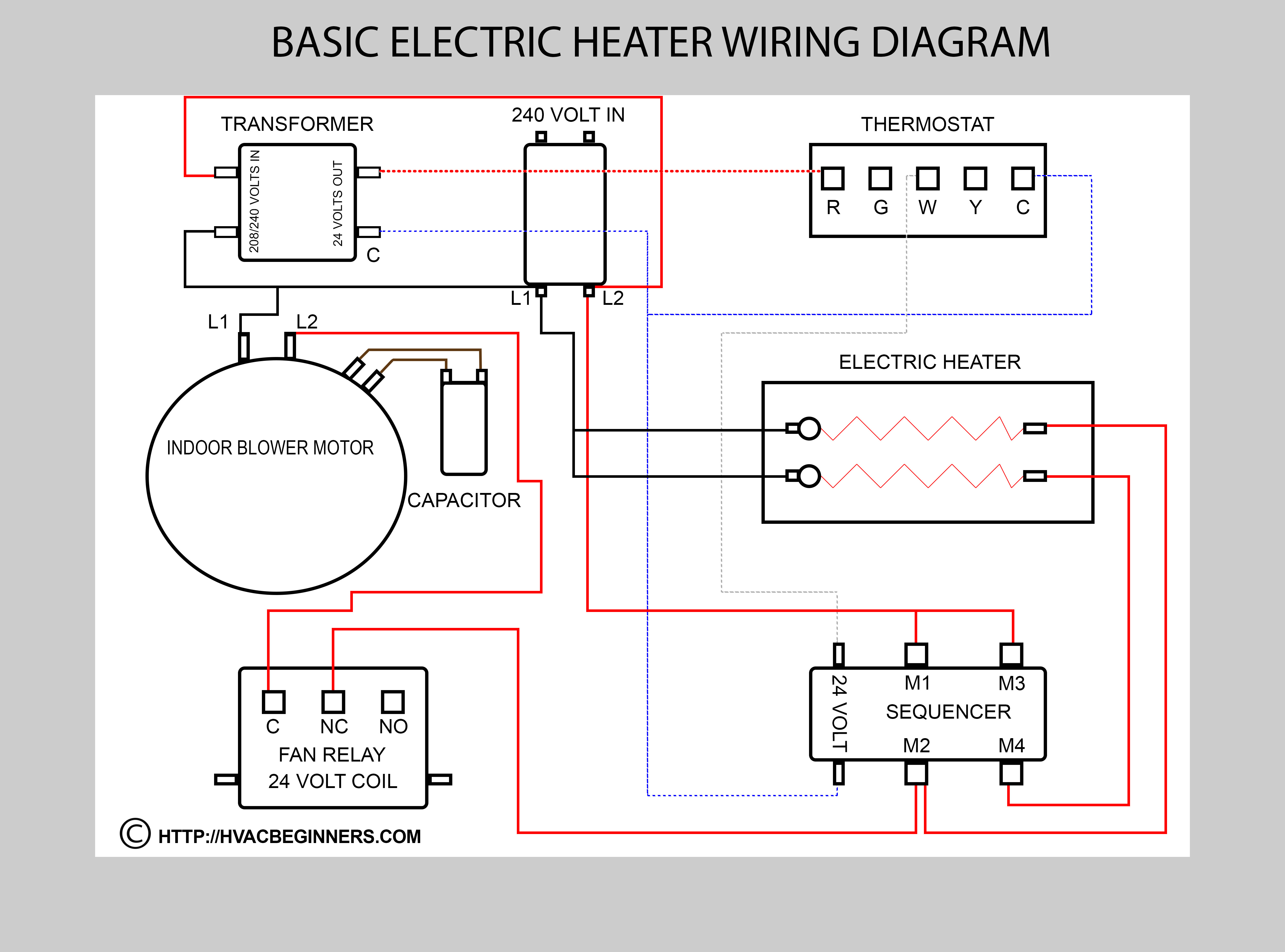Preparing Your Home for Central Air Conditioning Installation

Air Conditioning Setup for Historical Homes: Difficulties and Solutions
Taking into consideration the intricacies of cooling down ancient abodes, a/c installation for historic homes poses peculiar dilemmas.
Exactly how can you protect the stability of period buildings while ensuring top-notch indoor convenience?
Unwind the enigmatic interaction between modern air conditioning comforts and ageless building treasures in the complying with conversation.
Key Takeaways
- Maintain historic charm with suitable materials and professional support.
- Update electric systems for modern-day a/c compatibility and safety.
- Explore portable air conditioning choices like mini-split or high-velocity systems.
- Enhance energy performance with insulation, smart thermostats, and upkeep.
Historic Factors to consider
When taking into consideration the setup of air conditioning in a historical home, it is essential to comprehend the unique historic aspects of the building. Restoration difficulties frequently develop when trying to mix contemporary convenience with preserving the historical stability of the home. The building effect of mounting air conditioning must be carefully assessed to make certain that the system does not diminish the home's original design.
Maintaining the historical beauty of a home while updating its amenities can be a delicate equilibrium. Repair difficulties might include discovering means to conceal ductwork, locating discreet locations for the outside system, or adjusting the system to fit within the existing architectural restrictions. It's necessary to deal with professionals experienced in historic home improvements to browse these challenges effectively.
The architectural influence of including a/c can be significant. Careful factor to consider has to be provided to exactly how vents, thermostats, and various other components will mix with the home's aesthetic. Ensuring that the installation doesn't jeopardize the historical honesty of the residential or commercial property is extremely important when carrying out such a task in a historical home.
Evaluating Electrical Systems

To assure a successful installation of air conditioning in a historical home, examining the compatibility and capability of the existing electric systems is vital. Prior to waging the setup, it is necessary to assess whether the electrical system can take care of the additional load that the air conditioning unit will certainly introduce. In many cases, updating the voltage of the electrical system may be needed to make sure it can power the new air conditioning system efficiently.
System compatibility is one more vital element to assess when evaluating the electric configuration of a historic home. Older electrical systems may not be compatible with modern-day air conditioning devices, which might result in malfunctions and even posture safety and security hazards. Making sure that the electrical system is compatible with the brand-new a/c devices will certainly help avoid any type of potential concerns down the line.
Space Restrictions and Ductwork Options

When taking care of restricted room in your historical home, you may want to explore ductless mini-split systems or high-velocity a/c systems as practical choices. Commercial AC maintenance These systems can supply effective air conditioning without the requirement for substantial ductwork, making them appropriate for older residential or commercial properties with space constraints.
Ductless Mini-Split Solutions
Considering area restraints and numerous ductwork alternatives, ductless mini-split systems provide a functional remedy for a/c installation in historical homes. These systems provide significant power financial savings contrasted to typical HVAC arrangements, as they enable zoning, meaning you can cool certain locations just when needed.
The design versatility of ductless mini-split systems is likewise helpful for historic homes, where maintaining the initial looks is essential. Without ductwork needed, setup is less intrusive, making it a preferred choice for older homes with limited area or where protecting architectural honesty is a concern.
Ductless mini-split systems are effective, personalized, and blend seamlessly into historic interiors, using a sensible and energy-efficient air conditioning service.

High-Velocity Heating And Cooling Equipments
High-Velocity heating and cooling systems offer a small and efficient cooling solution for historic homes with minimal room and particular ductwork needs. When considering these systems for your historical home, here are four key points to keep in mind:
- Mini duct systems: High-Velocity HVAC systems utilize miniature ducts that are much smaller sized in size compared to conventional ductwork, making them perfect for homes with space constraints.
- Portable layout: The compact design of these systems allows for less complicated installation in older homes where space is restricted.
- Reliable air conditioning: Regardless of their small size, high-velocity systems can offering reliable cooling throughout your historic home.
- Adaptable installment: These systems offer various ductwork alternatives, such as versatile tubing, which can be routed with existing walls without significant restorations.
Energy Efficiency Solutions
To enhance the energy efficiency of your historic home, consider updating the insulation and incorporating a clever thermostat. These services can aid regulate indoor temperature levels properly and lower power consumption, ensuring an extra sustainable and economical cooling system for your distinct property.
Make these upgrades component of your cooling setup plan to make best use of convenience while lessening environmental effect.
Insulation Upgrades
Upgrading the insulation in your historical home can substantially boost its energy performance and general convenience while preserving its special character and beauty. Think about these crucial methods for insulation upgrades:
- Examine Home Window Treatments: Setting up energy-efficient home window treatments like insulated drapes or blinds can aid reduce heat transfer and enhance the total efficiency of your home.
- Boost Roofing Insulation: Updating roof insulation is crucial for better temperature level policy within your historical home, helping to keep it cool down in the summertime and warm in the wintertime.
- Seal Gaps and Cracks: Identifying and securing gaps and fractures in your home's walls, floorings, and ceilings can avoid air leakage and improve insulation effectiveness.
- Consider Attic Insulation: Correctly protecting your attic can dramatically lower warm loss and boost the general power efficiency of your home.
Smart Thermostat Integration
Thinking about the energy-saving benefits of insulation upgrades in your historical home, incorporating a smart thermostat can better improve your power efficiency options.
Smart thermostats provide accurate control over your home's temperature level setups, leading to significant energy savings. By enhancing home heating and cooling down timetables based upon your choices and daily regimens, you can lower power waste and lower utility expenses.
In addition, smart thermostats supply remote accessibility, enabling you to adjust the temperature level settings from anywhere using your smartphone or computer system. This attribute enables you to ensure your home is efficiently warmed or cooled down also when you're away, maximizing comfort while lessening energy intake.
Welcoming wise thermostat innovation is a practical action in the direction of enhancing the energy effectiveness of your historic home.
Conservation Techniques for Air Vents
Maintaining the stability of historical air vents is necessary throughout the installation of cooling systems in older homes. When it concerns keeping the building credibility of your historic home while upgrading its comfort, consider the adhering to preservation techniques for air vents:
- Remediation Techniques: Execute mindful reconstruction techniques to protect the initial design and product of the air vents, ensuring they blend perfectly with the historic aesthetic appeals of your home.
- Seek advice from Specialists: Consult from specialists experienced in historical preservation to guide you on the very best methods for preserving the air vents' building honesty.
- Personalized Solutions: Check out custom-made solutions that deal with the unique attributes of your historic air vents, allowing for modern-day upgrades without compromising their original charm.
- Period-Appropriate Materials: Choose period-appropriate products when fixing or replacing air vents, guaranteeing they line up with the historical age of your home's layout.
Expert Tips for Effective Installment
When installing cooling in historic homes, ensuring successful setup needs complying with specialist ideas for a smooth assimilation with your home's distinct features.
Begin by meticulously assessing service warranty coverage used by different heating and cooling business to safeguard your financial investment in instance of malfunctions. Quiet air conditioning options Get all essential authorization needs from regional authorities prior to starting any type of installment work to stay clear of legal problems down the line.
Spending plan planning is crucial; make sure to make up any type of unpredicted expenditures that may occur during the setup procedure. In addition, establish maintenance schedules from the beginning to keep your brand-new system running effectively for many years ahead.
Frequently Asked Questions
Can Air Conditioning Be Installed in a Historic Home Without Compromising Its Historic Honesty?
Yes, you can set up cooling in a historical home without jeopardizing its historical integrity. Conservation strategies can be used to flawlessly integrate modern cooling systems while keeping the home's original charm.
By purposefully positioning ductwork and devices concealed, you can guarantee that the historical functions stay popular.
It's possible to delight in the conveniences of a/c in a historical home without compromising its distinct character.
Exist Unique Factors To Consider to Bear In Mind When Setting Up A/c in a Historic Home With Outdated Electric Systems?
When upgrading electrical wiring in a historical home with obsolete electrical systems, unique factors to consider are essential. Preservation methods have to be made use of to keep the historic integrity of the home.
It is essential to work with professionals that understand the fragile balance in between modern-day eases and protecting the home's distinct character.
Just How Can Ductwork Be Inconspicuously Set Up in a Historic Home With Limited Room?
When taking care of minimal area in a historical home, you'll require to ponder discreet design and space-saving options for installing ductwork. To maintain historic preservation while taking pleasure in modern-day ease, check out imaginative ways to tuck ducts away without jeopardizing the home's appearances.
Check out slim air duct choices or contemplate utilizing existing dental caries for duct positioning. By mixing functionality with nuance, you can guarantee a seamless assimilation of a/c in your historic home.
What Are Some Energy-Efficient Alternatives for Cooling in Historic Homes?
When trying to find energy-efficient alternatives for cooling in historical homes, consider making use of energy-efficient zoning and small split systems. Energy-efficient zoning assists manage temperatures in different zones of your home, conserving power.
Mini divided systems are a fantastic choice for older homes with limited space, supplying both cooling down and heating up features. By going with these remedies, you can maintain your historical home comfortable without compromising on power performance.
Exist Certain Preservation Strategies That Should Be Made Use Of for Historic Air Vents During Installation?
When installing cooling in historical homes, conservation methods play an essential duty. It is essential to make sure that the existing air vents are very carefully incorporated into the brand-new system to preserve the historic aesthetic of the home.
Conclusion
When installing a/c in historical homes, it is necessary to consider the distinct challenges such as protecting the home's historic honesty, assessing electrical systems, and working within area restraints.
By meticulously intending and making use of energy-efficient services, you can successfully set up a/c without compromising the character of your historic home.
Remember to seek advice from professionals for support and guarantee proper preservation methods for air vents to preserve the appeal and capability of your home.
